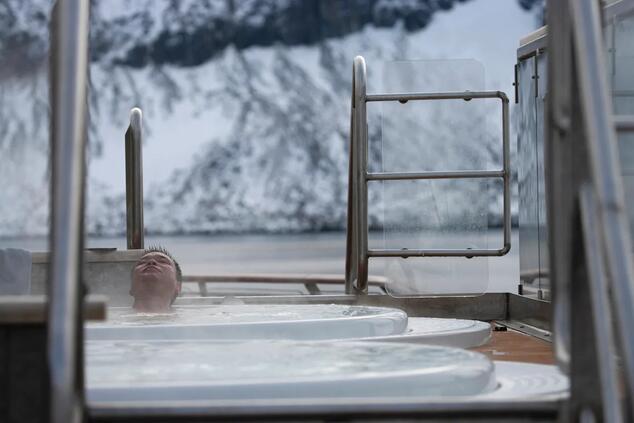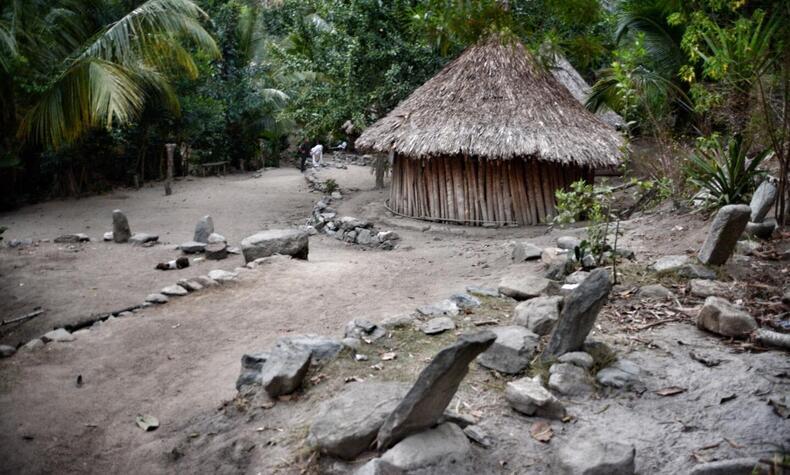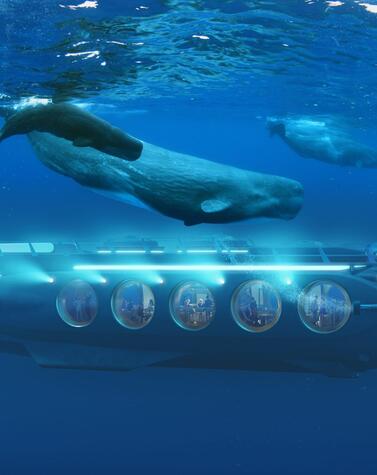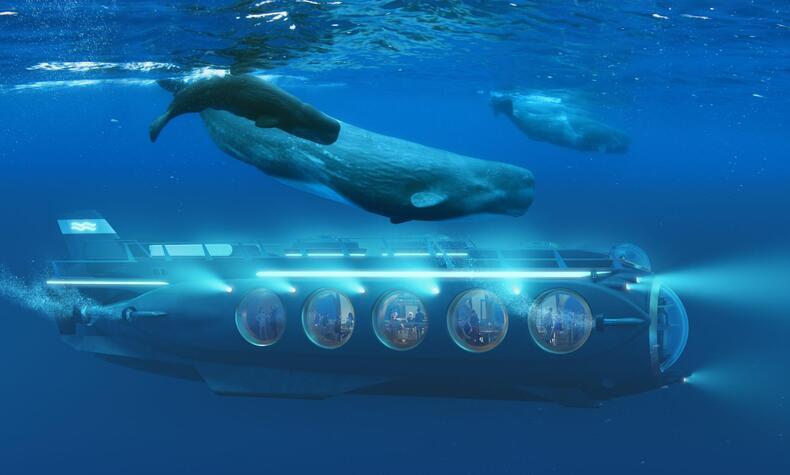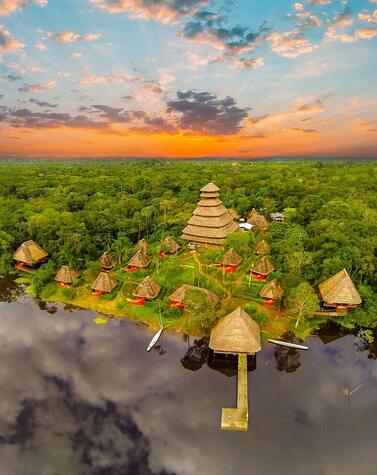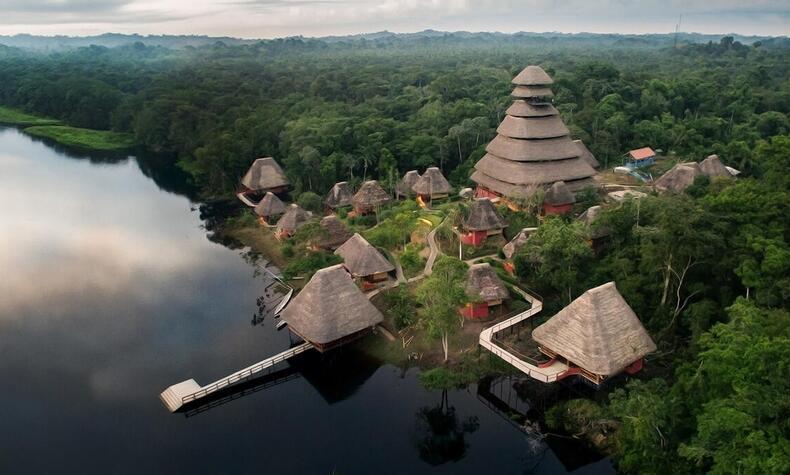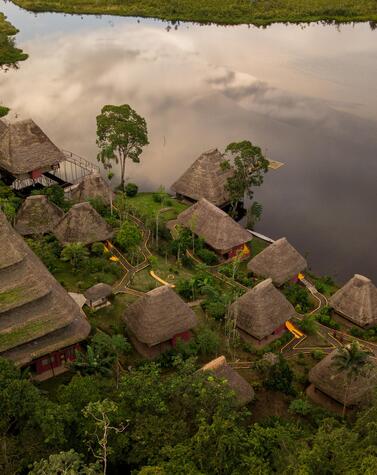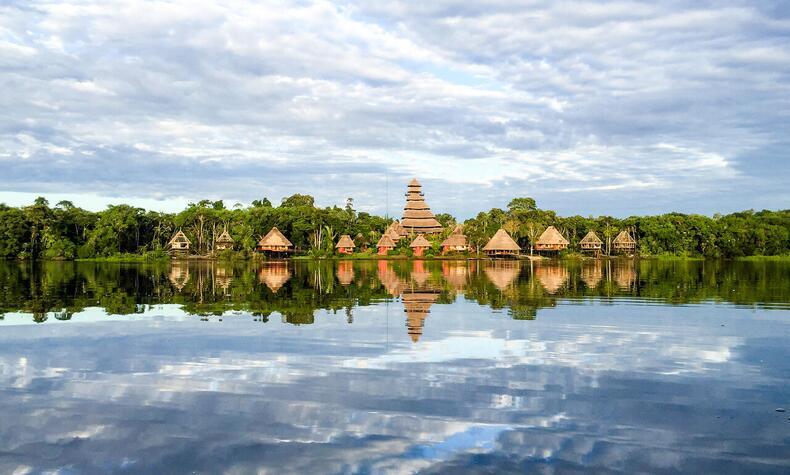The islands where the sun never sets
In the far north of the planet, where day and night alternate in periods of months, lies the archipelago of Svalbard. Its untamed nature has a history steeped in exploration and a peculiar political system. Welcome to the most fascinating Arctic!
Svalbard is an atypical territory. It has been a Norwegian protectorate since 1920. Although administratively under Norway, the Treaty of Svalbard grants special rights to the signatory countries, allowing economic activities such as mining. This has resulted in a peculiar coexistence: a main city, Longyearbyen, inhabited mostly by Norwegians, and Russian settlements such as Barentsburg and the abandoned Pyramiden, which still whispers stories of their Soviet past.
The figure of the governor, the Sysselmann, plays a key role. With functions ranging from environmental protection to public safety, this position underscores the uniqueness of Svalbard's political-administrative system.
Mining was for decades the economic engine of the archipelago. The Russians, in particular, left an indelible mark. Pyramiden, now a ghost town, offers a window into the past with crumbling buildings and Lenin sculptures that stand the test of time. However, mining activity has given way to a growing scientific presence. In Ny-Ålesund, on the west coast, a small group of scientists works tirelessly to study climate change. This town, the northernmost inhabited by researchers, is a living testament to the environmental challenges facing our planet.
At the tip of the Brøgger Peninsula, which lies on one shore of the Kongsfjord, is Ny-Ålesund. Like Longyearbyen, it began as a mining town, and in the mid-20th century became home to scientific stations. In summer, there are more than a hundred researchers based in the town, representing 20 glaciology and climate institutes from more than 10 countries.
With just over 2,000 inhabitants, Longyearbyen is the northernmost inhabited city in the world. A place where daily life defies the rules: cats are not allowed to protect the local wildlife, polar bears represent a constant risk, and the polar nights invite contemplation over the aurora borealis that illuminates the sky. In addition, the city is home to the famous World Seed Vault, also known as the "Dome at the End of the World", a sort of botanical "Noah's ark" that guards the seeds of the most important plants for humanity.
There stands the Amundsen monument, erected in honor of the great Norwegian explorer's record-breaking flight to reach the North Pole in 1926. Amundsen successfully flew across the North Pole in the airship Norge from Ny-Ålesund and landed in Alaska three days later.
The Arctic archipelago has adopted a conservationist approach to tourism. The best way to explore this remote archipelago is aboard an expedition cruise. These vessels, far from being mere cruises, offer a unique experience: they are true scientific expeditions where each landing is guided by experts and protected by guides armed with rifles, due to the omnipresence of polar bears.
HX (Hurtigruten Expeditions) Svalbard cruising ensures a reduced environmental footprint by implementing specific measures such as the use of low-impact fuels, advanced waste management systems, and strict route regulation to minimize disturbance to local wildlife. They foster a deep connection with the arctic environment, promoting environmental education and immersive experiences that sensitize travelers to the importance of its conservation. The activities offered, such as glacier hiking, wildlife viewing, and zodiac sailing between fjords, enrich the passenger experience and prioritize sustainability and respect for the environment.
In addition to activities, ships such as the MS Spitsbergen and the MS Fram offer exclusive amenities befitting a luxury cruise ship, suited to the adventurous spirit that permeates sailing in these latitudes. The MS Spitsbergen, rebuilt in 2016, is environmentally friendly and designed for polar waters. For its part, the MS Fram combines exploration and comfort, with hot tubs, an outdoor barbecue, and a science center where passengers can learn more about the region.
- Liefdefjorden is a fjord located in the north of the Svalbard archipelago, specifically on the island of Spitsbergen. Photo: Stefan Dall. —
- Open-air hot tubs on cruise ships are heated by the heat of the engines. Photo: Lise Dreistel. —
- The science outreach room is essential to understand everything that is being experienced in Svalbard. Photo: Clara Tuma. —
- Disembarkation for expeditions is conveniently done from the side of the ship. Photo: HX Hurtigruten /Espen Mills.
The most remote place. This archipelago, which was the starting point of the first airship cruise in the world, led by Roald Amundsen and Umberto Nobile, is a reminder of how humans can coexist with nature in harmony. Exploring Svalbard is more than a journey: it is a reflection on our relationship with the planet.
Each season holds its own beauty: in summer, the Arctic flora fills the tundra with color; in autumn, the glow of the Midnight Sun dims; and in winter, the archipelago becomes a frozen paradise where the northern lights dance in the sky.
Conserving this Arctic paradise is everyone's job. Its pristine beauty, its history, and its environmental challenges invite us to travel consciously and protect this unique corner of the world.
